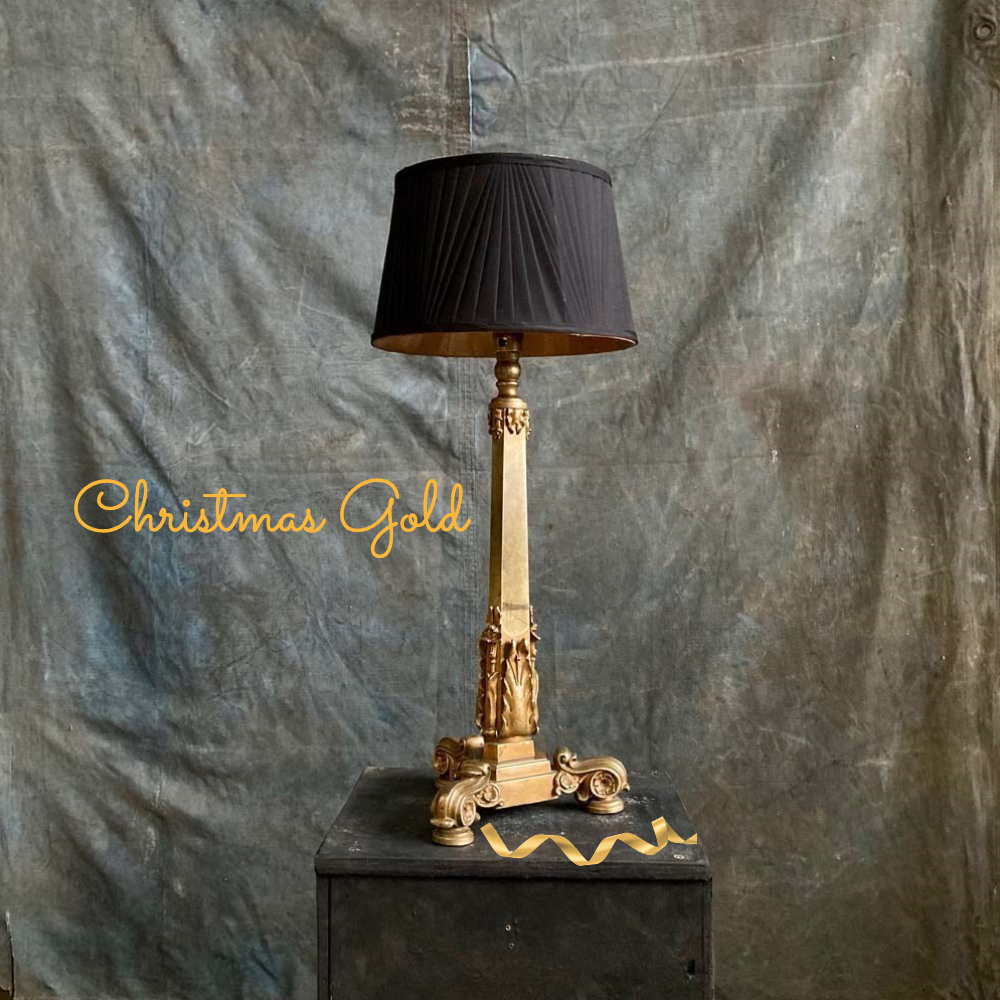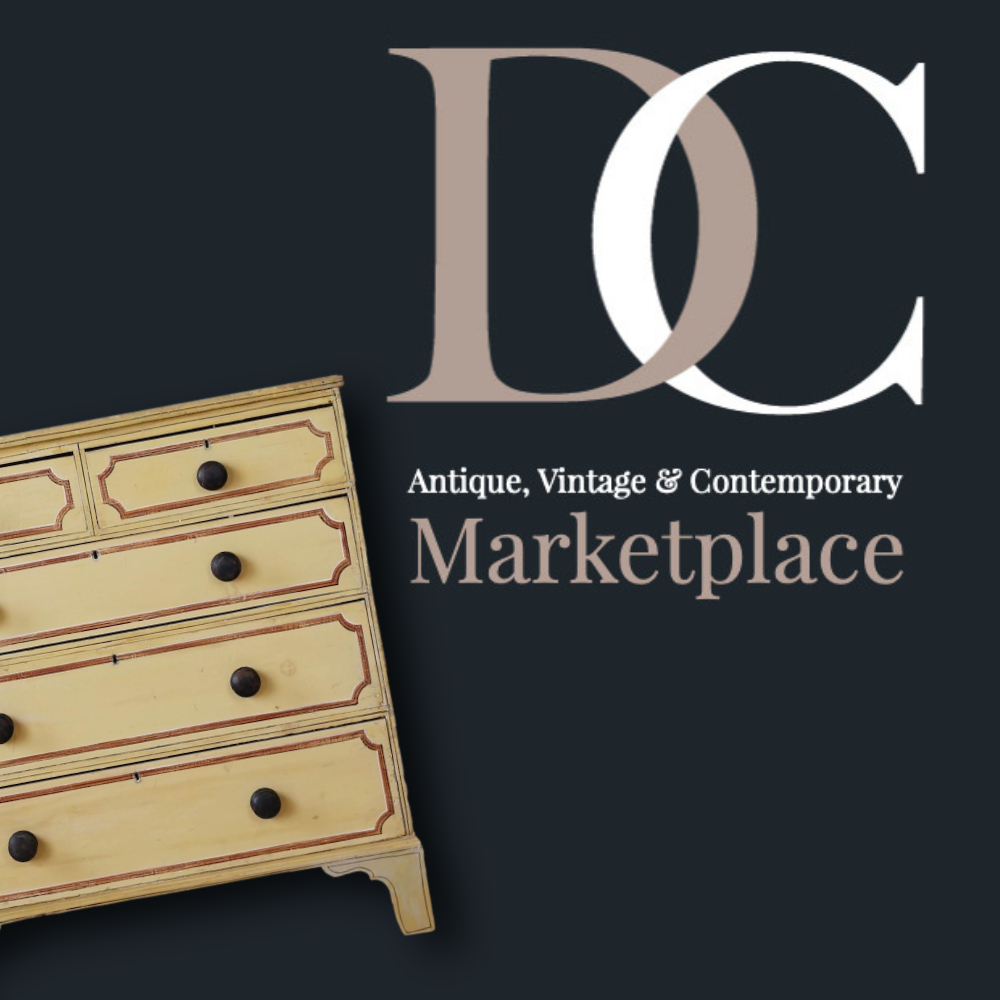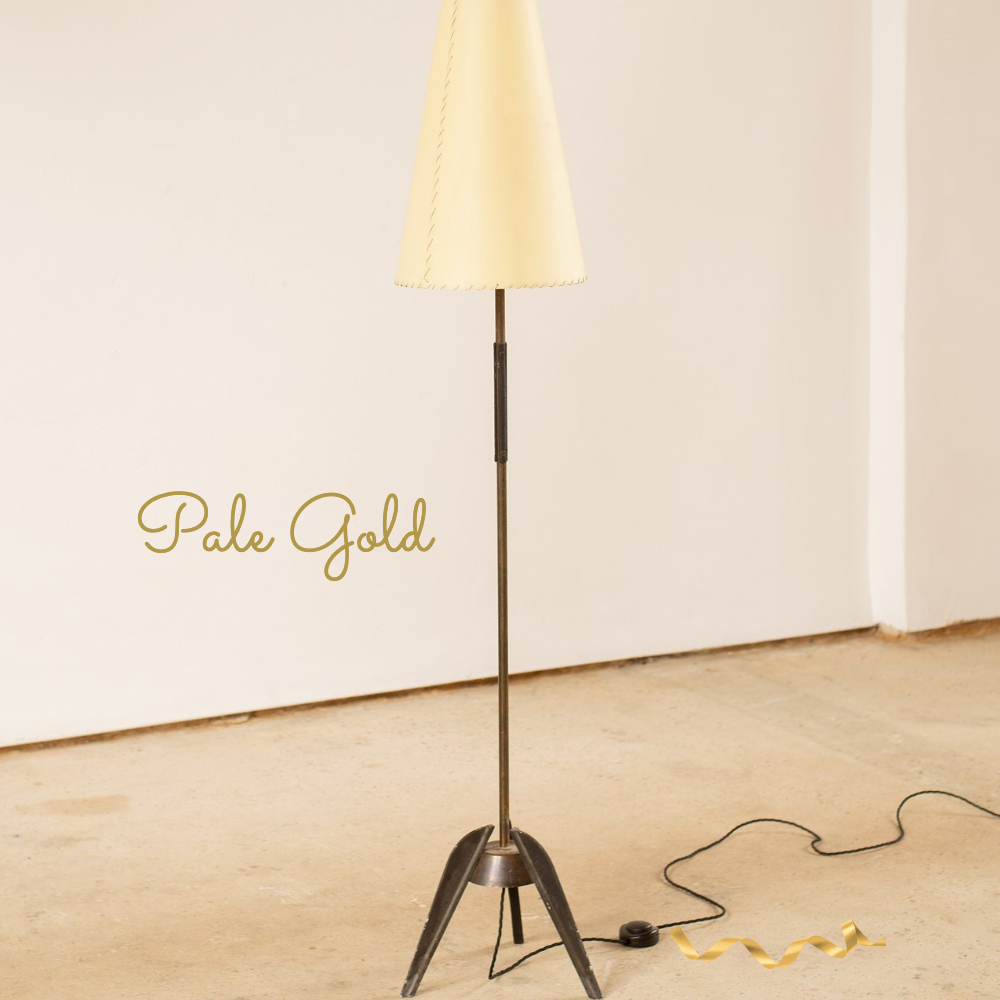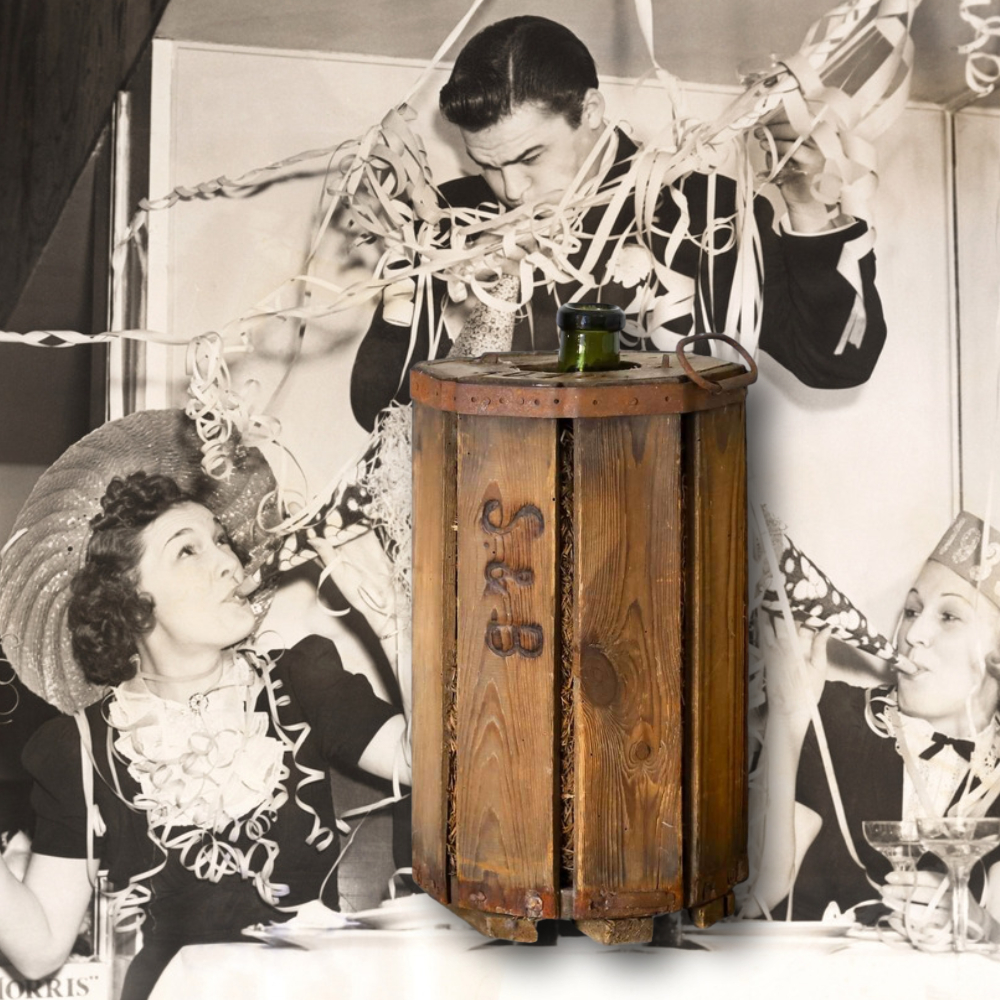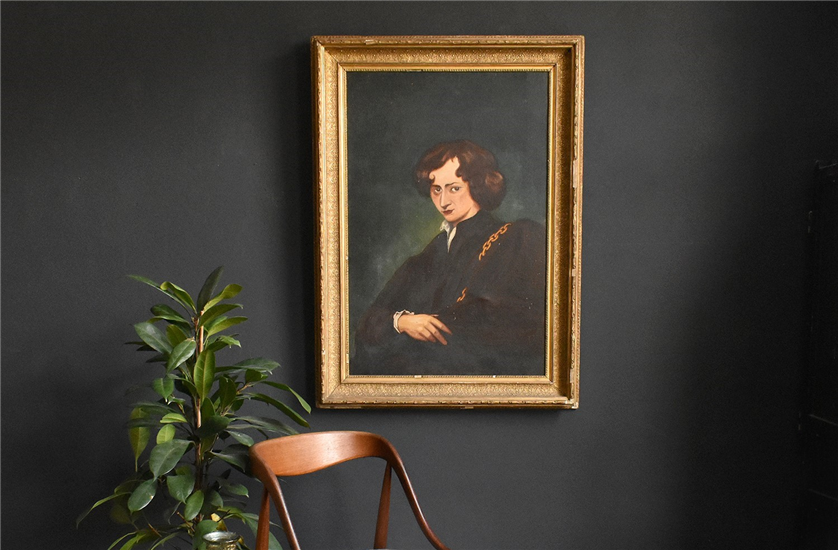
Portrait painting is one of the oldest art forms in the world, still as popular today as it was hundreds and even thousands of years ago. Portraits throughout history depict the changing styles and priorities of humans through the eyes of an artist, making them a truly incredible insight into the past or a lasting memorial to an individual.
This guide to portrait painting covers portrait painting history and more as we delve into what exactly makes portrait painting so special.
Simply put, portrait painting is a genre of art that represents a human at a specific moment in time. The resulting portraits might show the likeness, expression or mood of a particular person, with many portraits also used as status symbols for the wealthy.
Historically, access to portrait painting was confined to the rich and powerful who not only had the money to commission portraits but were also the people most likely to want themselves immortalised for all time. Yet an expanding middle class in the Victorian era took portraiture to their hearts and the tradition continues today with commissions from individuals across the spectrum.
When Did Portrait Painting Begin?
Although few examples remain from the oldest artistic traditions, portrait art is considered to be at least 5,000 years old, stretching back to ancient Egypt. Portraiture takes many forms as we discuss below, but the act of representing a person through art is a compelling and persistent one.
Portraits have showcased the rich, powerful and important, although the realistic portrait murals of ancient Rome gave way to a less realistic version of portraiture which lasted until the Middle Ages. Modern portrait art, in the sense that we understand it now, began in the Middle Ages as artists strove to depict likenesses of their subject and to convey their expressions and moods. Although portrait painting has been superseded in some respects by photography and film, it remains an important art form still practised across the globe.
Mediums of Portrait Art
Portrait painting isn’t the only way artists can create portraits of individuals. Historic portraiture can be found in sculpture and drawing while modern portraits can be created from a variety of contemporary materials as well as traditional paints and pencils.
Perhaps the most common medium of modern portrait art, however, is the photograph. Portrait photography is an art itself and, even though many of us now have the tools in our pockets, skilful portrait photographers are still found in studios across the world!
What is a Self-Portrait?
As the name suggests, self-portraits are representations of the artist themselves. Portrait painting history shows that many artists used their self-portrait as a calling card, demonstrating their skills to prospective customers. Fortunately for collectors today, many artist self-portraits have survived and show the faces of artists whose work we still admire today.
Famous Portrait Examples
There are some iconic portraits which everyone would recognise if they saw them hanging in a gallery, although they might not be able to name the artists responsible.
These are some of the most iconic from portrait painting history:
- Henry VIII by Hans Holbein the Younger
- Mona Lisa by Leonardo da Vinci
- Girl with a Pearl Earring by Johannes Vermeer
- Whistler’s Mother by James Abbott McNeill Whistler
Vincent Van Gogh’s self-portrait is another famous portrait painting, although most people are able to guess the artist of that one!
Portrait Paintings Today
The most widely practised portrait art today is undoubtedly the selfie, and we place stylised versions of ourselves on social media as well as our mantlepieces. In a sense, there’s little difference between the ideal portraits of the aristocracy painted by artists centuries ago and the highly curated versions of ourselves that we place online – we just have the tools more readily available.
Portrait painting itself remains a popular art form and people still commission portraits of themselves and their family members from artists across the UK and beyond. As we’ve already mentioned, these could be a traditional painting designed to convey a likeness of the person for posterity or it could be a more eclectic portrait made from mixed media which aims to convey a mood rather than a likeness.
About The Hoarde
Established in 2011, The Hoarde is a busy and friendly online marketplace designed to introduce customers to the collections of dealers across the UK who are selling vintage and antique goods. These range from furniture to antique lighting, art to accessories, and new items are added by dealers every day.


